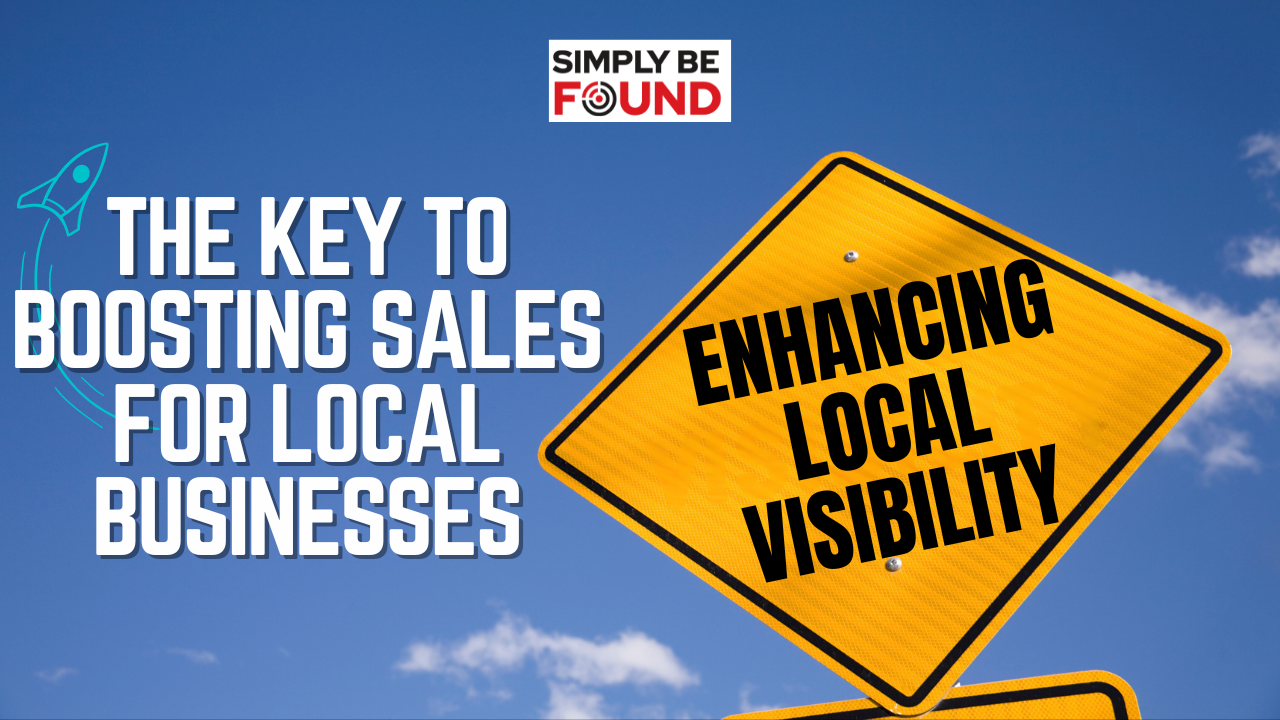Last Updated on: 2nd May 2024, 11:07 am
Marketing vs. Advertising: What’s the Difference and Which One Do You Need?
When exploring the competitive digital landscape, one can’t help but dive into the perpetual discourse surrounding “Marketing vs. Advertising.” While these terms often find themselves used interchangeably in conversations and especially in YouTube videos, a fine line distinguishes their objectives and applications in business strategy. A balanced blend of both, especially in an era immersed in voice search and digital optimization, isn’t just recommended – it’s paramount.
Defining Marketing and Advertising
In essence, Marketing vs. Advertising underscores two facets of customer acquisition and brand awareness. Marketing often reverberates with efforts directed towards organic outreach and intrinsic brand promotion, navigating through mediums that don’t necessarily require a direct monetary exchange for visibility. This could encompass strategies like SEO, content marketing, and organic social media management.
On the other hand, advertising typically implies a paid methodology to snag the spotlight, placing your brand, product, or service directly in front of consumers through mediums like Google Ads, Bing Ads, or Facebook Ads. It’s about allocating budget to strategically place your offerings in noticeable spots to ensure direct and immediate visibility.
Organic Marketing vs. Paid Advertising
The essential question hinging between marketing and advertising is whether to build slowly and sustainably, or to invest financially to potentially catapult your brand into the limelight swiftly? Organic marketing, for one, advocates for a meticulous build-up, ensuring that your brand naturally emerges in searches and consumer discussions, thereby not incurring a cost per click or interaction.
Paid advertising, while ensuring a swifter visibility, may lead to recurring expenses each time a potential customer discovers your brand via the paid medium. Thus, the challenge of Marketing vs. Advertising lies in deciding between a slow and steady organic growth or a quick, paid sprint towards customer visibility.
The Power of Organic Marketing
The paradigm shift towards voice search has radically changed how businesses approach organic marketing. Voice search not just demands, but is pivotal in steering organic search traffic towards your business through natural, conversational queries. Thus, constructing a robust marketing framework that encapsulates voice search, SEO, and digital presence becomes a quintessential step in fortifying your organic marketing strategy.
Benefits of Using Simply Be Found
Simply Be Found steps into this frame as a powerhouse marketing platform that ingeniously integrates all the tools you need to enhance your digital presence. This isn’t merely about emerging on platforms but ensuring your visibility is sustained, relevant, and conversion-oriented. Most users witness discernible results and traction between 7 and 30 days, manifesting as an efficacious platform to leverage your digital growth, particularly in organic aspects.
🚀 Dive deeper into strategic organic marketing by exploring more at SimplyBeFound.com. Your digital toolbox awaits!
Customized Content and Support
Acknowledging that every business treads a unique path, the support and content generated cater to diverse, business-specific needs. Whether you’re a restaurant wishing to put your menu online or a service-oriented business seeking to amplify reach, Simply Be Found tailors its prowess to suit your distinct requirements, furnishing you with a tool that doesn’t just amplify your digital voice but does so in a manner that’s profoundly relevant to your business and audience.
Boost Your Business in the Digital Age
Navigating through the entwined paths of Marketing vs. Advertising warrants a balanced approach that judiciously combines the organic outreach of marketing with the targeted, immediate impact of advertising. Especially in a digital age where voice search is progressively becoming a staple in how consumers discover businesses, embedding your strategy with tools that not just adapt but excel in this scenario becomes crucial.
🎥 Discover a visual journey through the synergies of marketing and advertising by visiting our YouTube Video: Marketing vs. Advertising: Understanding the Difference . Let’s explore the digital universe together!







